William McKnight - Information Management: Strategies for Gaining a Competitive Advantage with Data
Here you can read online William McKnight - Information Management: Strategies for Gaining a Competitive Advantage with Data full text of the book (entire story) in english for free. Download pdf and epub, get meaning, cover and reviews about this ebook. year: 2013, publisher: Morgan Kaufmann, genre: Business. Description of the work, (preface) as well as reviews are available. Best literature library LitArk.com created for fans of good reading and offers a wide selection of genres:
Romance novel
Science fiction
Adventure
Detective
Science
History
Home and family
Prose
Art
Politics
Computer
Non-fiction
Religion
Business
Children
Humor
Choose a favorite category and find really read worthwhile books. Enjoy immersion in the world of imagination, feel the emotions of the characters or learn something new for yourself, make an fascinating discovery.

- Book:Information Management: Strategies for Gaining a Competitive Advantage with Data
- Author:
- Publisher:Morgan Kaufmann
- Genre:
- Year:2013
- Rating:4 / 5
- Favourites:Add to favourites
- Your mark:
Information Management: Strategies for Gaining a Competitive Advantage with Data: summary, description and annotation
We offer to read an annotation, description, summary or preface (depends on what the author of the book "Information Management: Strategies for Gaining a Competitive Advantage with Data" wrote himself). If you haven't found the necessary information about the book — write in the comments, we will try to find it.
Information Management: Gaining a Competitive Advantage with Data is about making smart decisions to make the most of company information. Expert author William McKnight develops the value proposition for information in the enterprise and succinctly outlines the numerous forms of data storage. Information Management will enlighten you, challenge your preconceived notions, and help activate information in the enterprise. Get the big picture on managing data so that your team can make smart decisions by understanding how everything from workload allocation to data stores fits together.
The practical, hands-on guidance in this book includes:
- Part 1: The importance of information management and analytics to business, and how data warehouses are used
- Part 2: The technologies and data that advance an organization, and extend data warehouses and related functionality
- Part 3: Big Data and NoSQL, and how technologies like Hadoop enable management of new forms of data
- Part 4: Pulls it all together, while addressing topics of agile development, modern business intelligence, and organizational change management
Read the book cover-to-cover, or keep it within reach for a quick and useful resource. Either way, this book will enable you to master all of the possibilities for data or the broadest view across the enterprise.
- Balances business and technology, with non-product-specific technical detail
- Shows how to leverage data to deliver ROI for a business
- Engaging and approachable, with practical advice on the pros and cons of each domain, so that you learn how information fits together into a complete architecture
- Provides a path for the data warehouse professional into the new normal of heterogeneity, including NoSQL solutions
William McKnight: author's other books
Who wrote Information Management: Strategies for Gaining a Competitive Advantage with Data? Find out the surname, the name of the author of the book and a list of all author's works by series.

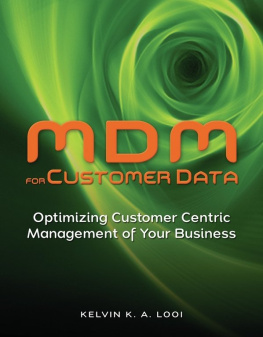
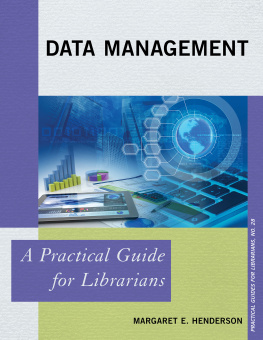
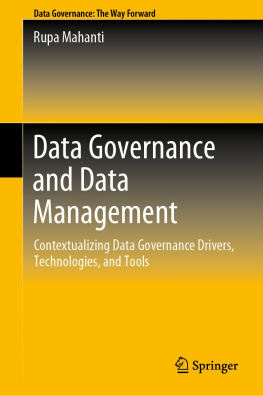
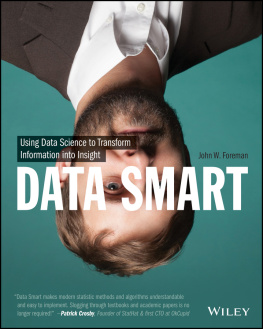
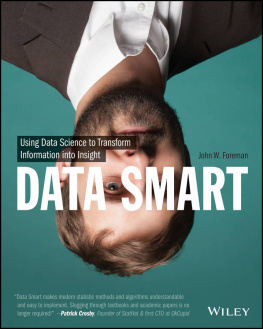
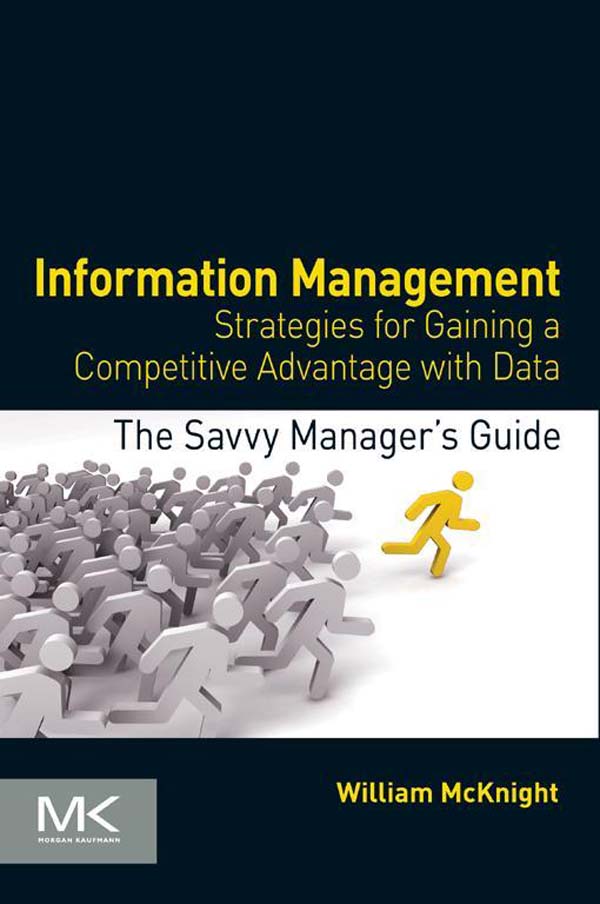


 Always start with the questions. What are the questions that the people in your organization find most interesting and want to answer? Avoid data engineering projects that take quarters or years. Instead, embrace projects that are focused on collecting and answering very specific questions with high-quality data, using repeatable and sharable queries of data that interconnect sources across the company and leverage both external (publically available) and internal data.
Always start with the questions. What are the questions that the people in your organization find most interesting and want to answer? Avoid data engineering projects that take quarters or years. Instead, embrace projects that are focused on collecting and answering very specific questions with high-quality data, using repeatable and sharable queries of data that interconnect sources across the company and leverage both external (publically available) and internal data.